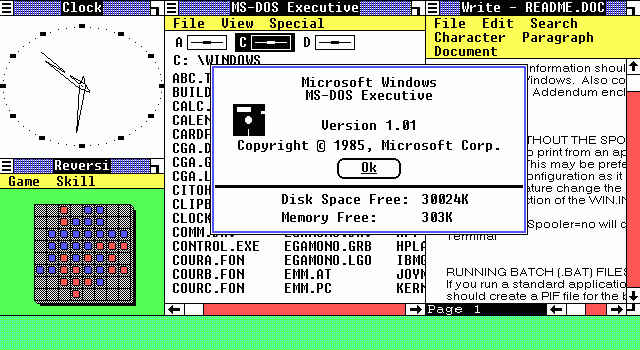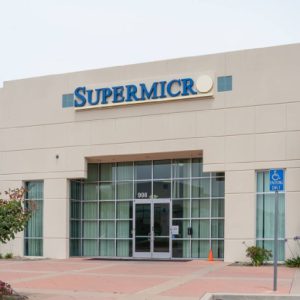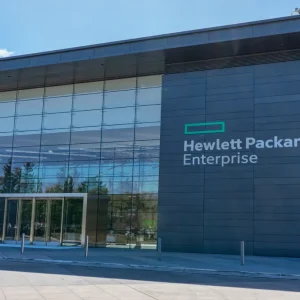
Bored of Windows 10 yet? The media coverage has been extensive this week as Microsoft launched its much anticipated Windows 10.
‘Humbled’ by the response, Microsoft has reported that 14 million devices are already up and running Windows 10, although here in the CBR office James Nunns has been stuck in a restart loop following update efforts.
The free upgrade has delivered a raft of enhancements and additions – much discussed is the security features which may signal the death of passwords.
Biometrics, Microsoft Passport and Windows Hello have been added, along with Credential Guard, which protects identities by placing them in a hardware-based secure execution environment. Click here to read all about the features, and what industry insiders really think about the new OS.
The expectations, excitement and plethora of column inches devoted to Windows 10 are nothing new – new Windows versions have always courted much fanfare, with some more successful than others.
CBR gives you a glimpse into the famous operating system’s past – from the first big commercial success to the much criticised flops.
Windows
The first Windows operating environment was introduced on November 20 1985, released as a graphical operating system shell for MS-DOS. The inspiration behind the operating system came when Bill Gates attended COMDEX and saw a demo of Visi, a software suite.
Requiring two floppy disc drives and 192KB of RAM, Bill Gates confidently bet the future of Microsoft on Windows. The publication InfoWorld in 1984 quoted Gates as saying: "Our strategies and energies as a company are totally committed to Windows, in the same way that we’re committed to operating-system kernels like MS-DOS and Xenix. We’re also saying that only applications that take advantage of Windows will be competitive in the long run."
When Windows went public, it was to mixed reviews. Many saw the potential of the platform, but demanding system requirements, poor performance when running multiple applications and the relatively new concept of using a mouse, cause many to believe that it did not live up to expectations.
Interestingly, the Windows 1.0 is the longest supported version of Windows, running from November 1987 to December 31 2001 – a total of 16 years.
Windows 3.x
Windows 3.0 is generally viewed as being the first Windows version to achieve commercial success, selling 2 million copies in the first six months after launching in May 1990. Windows 3.0 reportedly stemmed from David Weise and Murray Sargent who, in 1989, took it upon themselves to develop a protected mode Windows as an experiment. A rough version was presented to Microsoft execs who approved it as an official project.
On the GUI front it was a rival to Apple Mac and Commodore Amiga and featured a redesigned user interface as well as improvements to utilise the capabilities of Intel’s 80286 and 80386 processors. Well known applications such as Notepad and Word predecessor Write were introduced, with other applications such as Paintbrush receiving enhancements.
The success of Windows 3.0 extended to the PC market, with the software significantly boosting sales of PCs with larger RAM. This was due to the fact that older computers lacked the speed or memory to handle Windows 3.0.
Windows 95
Windows 95 was, in short, a global hit, becoming the most popular operating system in the world. Combining Microsoft’s formerly separate MS-DOS and Windows products, Windows 95 was a huge departure from its predecessor Windows 3.1, specifically when it came to the GUI and simplified "plug-n-play" features.
Moving away from 16-bit architecture to 32-bit architecture, this Windows version introduced many of the most recognizable Windows features, such as the taskbar and Start button. It also saw the first instance of the ‘Microsoft Sound’, the six-second start-up music composed by Brian Eno. Funnily enough, Eno later admitted that he composed the music on a Macintosh computer, admitting to BBC Radio 4 that he had never used a PC.
Codenamed Chicago, Windows 95 also saw the introduction of Internet Explorer, although only available initially as part of the add-on package Plus! for Windows 95 in the year that it launched. Internet Explorer, has, of course, become one of the most widely used internet browsers, with its dominance starting after it overtook Netscape who ruled the internet in the 1990s.
Windows XP
Codenamed Whistler, Windows XP was a merger of the WindowsNT/2000 and Windows 95/98/Me lines. ‘Whistler’ originally started out as two separate projects, code named Neptune and Odyssey. These projects, however, proved too much for Microsoft and the two projects were shelved in favour of Whistler – a OS which would unify consumer and business Windows lines under one platform.
Why the code name ‘Whistler’? It was named after Whistler in British Columbia, a place where many Microsoft employees went to ski.
Released on October 25 2001, Windows Xp was the first version to use product activation in a move to fight software privacy. Due to its Windows NT base, XP was a major improvement on MS-DOS versions of Windows in security, stability and efficiency. Many were happy with the more intuitive user interface and improved hardware support, leading many to state that XP was deserving of all the hype.
The Start menu also revieved a significant revamp – with the design changing to a two-column layout with the ability to list, pin, and display frequently used applications, recently opened documents, and the traditional cascading "All Programs" menu.
Due to the flop coming up next in the list, XP remained popular even after newer OS versions were released, with estimates putting global sales of XP at 400 million in the first five years of sale.
Windows Vista
The main objective of Microsoft with Longhorn, the code name for Vista, was to improve security, as Windows XP had repeatedly come under fire for its weaknesses to malware and viruses. Launched worldwide on January 30 2007, the operating system drew the wrath of critics for its restrictive licensing, restrictions relating to digital media copying, longer boot time, high system requirements and lack of compatibility with legacy hardware and software. Classic colour schemes, included since Windows 3.0, were also removed, along with Windows Messenger, MSN Explorer and NTBackup.
However, there were major pluses when it came to security; with the User Account Control being the most significant security addition. The UAC reduced the number of privileges users needed to use their computer, with the aim of stopping malware making changes to the system. Internet Explorer 7 also beefed up security with a phishing filter, IDN with anti-spoofing and system-wide parental controls.
This was widely considered a flop by the industry, earning Microsoft PC World’s accolade of 2007’s biggest tech disappointment and InfoWorld’s number 2 all time 25 flops.
Windows 8
The much criticised Windows 8 was announced at CES 2011, arriving on the market on October 26 2012. Microsoft introduced major changes to the user interface in order to improve user experience on tablets – a move which led many to call the system confusing and hard to learn. The interface used a Start screen similar to that of the Windows Phone, displaying an array of tiles linking to various apps and programs.
Users were certainly not charmed by the vertical toolbar known as ‘the charms’ which linked to functions such as search, sharing, and settings. All these changes, however, paled in significance to the removal of the Start button, a stalwart of the Windows OS for many a year. The Start button was transformed into a hotspot in the lower-left corner of the screen, displaying a large tooltip displaying a thumbnail of the Start screen.
Although Microsoft reported 40 million licenses being sold in the first month, a decline in Microsoft satisfaction was reported by The ACSI, the lowest it had been since Windows Vista. There was also trouble from the Chinese market, with the Chinese Government banning the purchase of Windows 8 products.
Many thought this was due to the end of support for Windows XP, which had a 49% market share in China, while in 2014 CCTV, the Chinese state broadcaster, featured a story painting Windows 8 as a national security threat. This threat revolved around the rumour that Microsoft had worked with the US Government to retrieve encrypted documents – a rumour fuelled by documents leaked by Edward Snowden.






